AGRICULTURAL MARKETING
Agricultural Marketing is a process which starts with a decision to produce a saleable farm commodity, and it involves all the aspects of market structure or system, both functional and institutional, based on technical and economic considerations, and include pre- and post-harvest operations viz., assembling, grading, storage, transportation, and distribution.
Marketing techniques are used in every corner of "agribusiness," including small farms, corporate farms, and collectives; distributors; manufacturers of farm equipment, pesticides, and genetic enhancements for crops and livestock; feed and seed sellers; and more. Additionally, there are also government agencies that monitor and direct agribusiness practices.
Marketing is fundamentally about communicating information to increase demand for a product or service. Effectively gathering and using the information in agricultural marketing poses some unique challenges.
Agricultural Marketing Specialists work for government agencies, promoting farm and commodity interests in their state or region. Their roles include:
- direct/manage marketing campaigns for particular commodities
- promote the purchase of local produce, and seek customers for local produce in new areas
- administer government grants and cost-sharing programs
- meet with farmers, food buyers, agribusiness leaders, and members of the media
- monitor and adjust inspection and quality-control programs
- promote nutrition and education programs, if part of that agency’s mandate
Basic Facilities for Farmers
In order to have the best advantage in the marketing of agricultural produce the farmer should enjoy certain basic facilities:
(i) The farmer should have proper information about the future demand of a particular commodity in the market so that he can plan earlier to sow the seeds of those crops which can get him a fair return.
(ii) Most of the villages are not linked with the mandi or business centers, which are the only means of transport for a farmer. Hence, a proper rural network with all-weather roads is necessary to develop the farmers/rural areas.
(iii) Remote/small village farmers are dependent on other small towns/cities for sale and purchase of outputs or inputs. An efficient road transport system is necessary for all types of rural people/farmers
(iv) The farmer should have proper storage facilities for storing his agricultural produce.
(v) He should have the holding capacity, in the sense, that he should be able to wait for times when he could get better prices for his produce and not dispose of his stocks immediately after the harvest when the prices are very low.
Steps Taken for Improvisation
1. Creation of the planned network of warehouses at all markets.
2. Linking co-operative credit with farming, marketing, and processing.
3. Development of rural transport.
4. Adequate publicity to market information.
5. Stabilization of food grain prices.
Read More
 |
TOP 5 ABSOLUTELY EFFECTIVE WAYS TO DOUBLE FARMER'S INCOME |
 |
EVERYTHING YOU NEED TO KNOW ABOUT RAISED BED FARMING |
 |
AGRICULTURE AND CLIMATE CHANGE |
Category
Write Your Comment About AGRICULTURAL MARKETING
.webp&w=1920&q=75)
Top searching blogs about Tractors and Agriculture
30 Jul 2025
30 Jul 2025
29 Jul 2025
08 Sep 2025
03 Jul 2025
30 Jul 2025
30 Jul 2025
30 Jul 2025
29 Jul 2025
30 Jul 2025
29 Sep 2025
31 Jul 2025
30 Jul 2025
31 Jul 2025












.webp&w=2048&q=75)
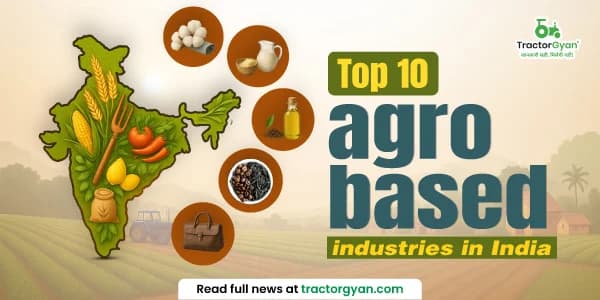
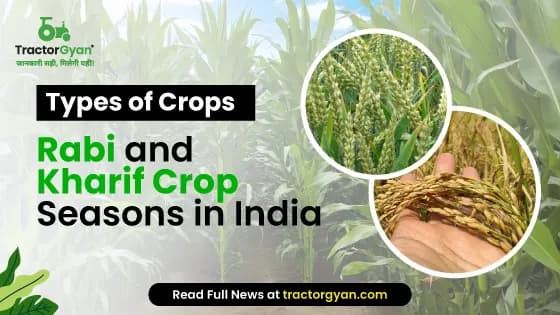
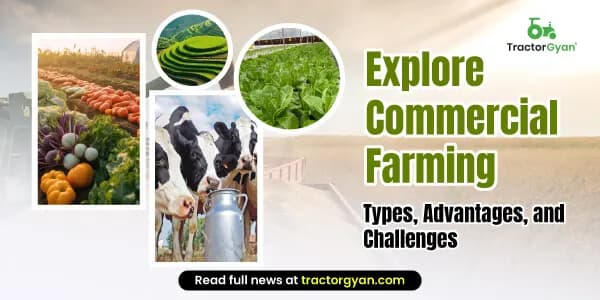
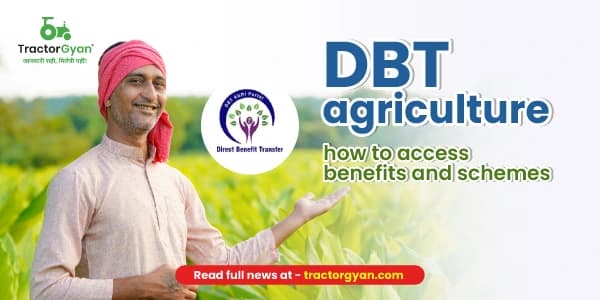
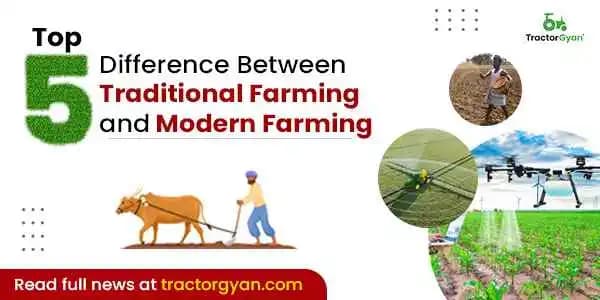
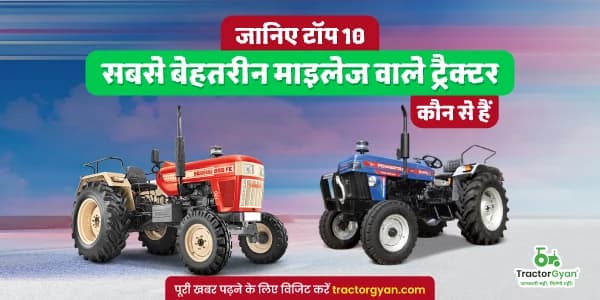



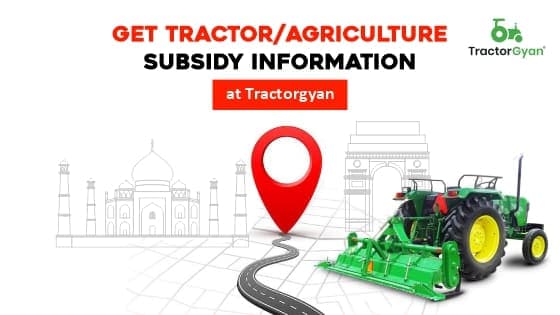
.webp&w=2048&q=75)
.webp&w=2048&q=75)



























